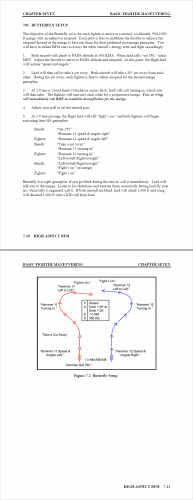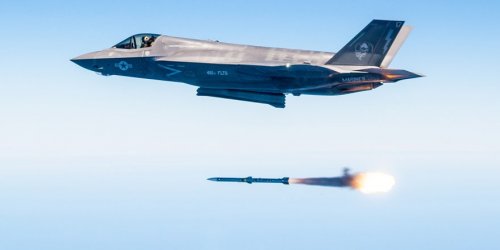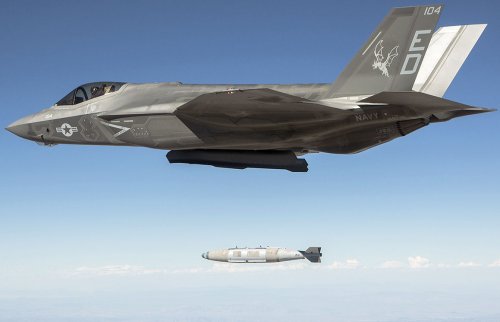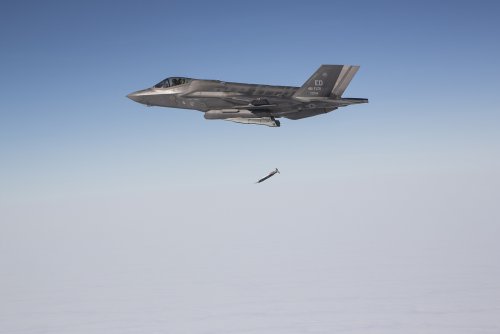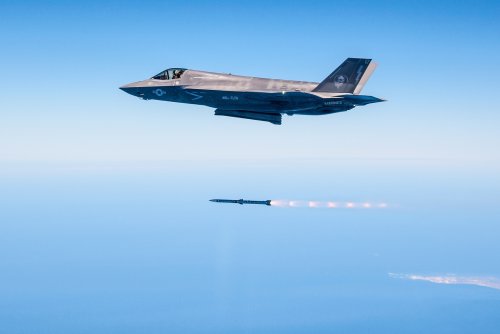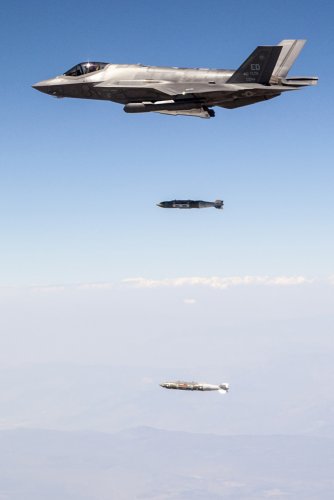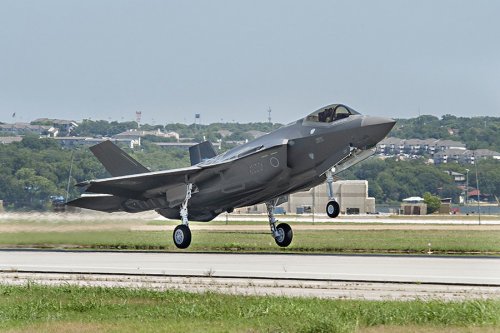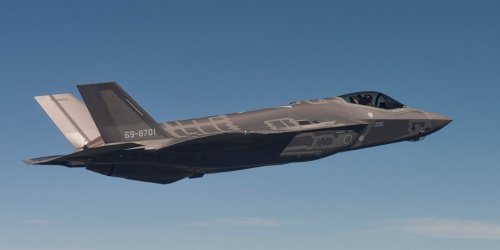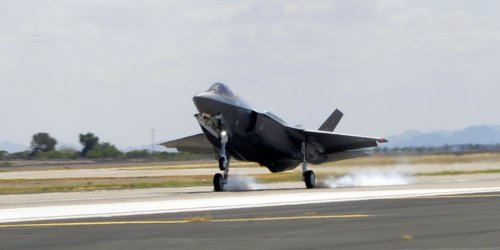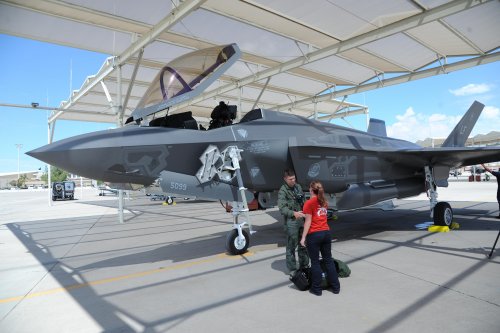- Joined
- 21 April 2009
- Messages
- 13,732
- Reaction score
- 7,613
Eglin F-35s, Airmen Set Sortie Record
8/8/2016
While all the focus has been on F-35 initial operating capability, the training wing at Eglin AFB, Fla., has set a new record. The 33rd Fighter Wing in early August set a record during a sortie surge, flying 111 sorties over three days from Aug. 1-3. “This surge not only provided numerous training flights in a short amount of time but also exercised rapid sortie generation, which is critical in certain combat scenarios,” 33rd FW Commander Col. Lance Pitch said in an Air Education and Training Command release. Airmen with the 33rd Maintenance Squadron and 58th Aircraft Maintenance Unit worked 12 hour shifts during the surge to keep the F-35s flying. The 33rd at Eglin has been responsible for training most of the airmen working on the Air Force’s F-35 fleet, training more than 3,000 maintainers and more than 250 pilots, the release states. The wing has flown more than 11,300 hours and more than 7,600 sorties, according to AETC.
8/8/2016
While all the focus has been on F-35 initial operating capability, the training wing at Eglin AFB, Fla., has set a new record. The 33rd Fighter Wing in early August set a record during a sortie surge, flying 111 sorties over three days from Aug. 1-3. “This surge not only provided numerous training flights in a short amount of time but also exercised rapid sortie generation, which is critical in certain combat scenarios,” 33rd FW Commander Col. Lance Pitch said in an Air Education and Training Command release. Airmen with the 33rd Maintenance Squadron and 58th Aircraft Maintenance Unit worked 12 hour shifts during the surge to keep the F-35s flying. The 33rd at Eglin has been responsible for training most of the airmen working on the Air Force’s F-35 fleet, training more than 3,000 maintainers and more than 250 pilots, the release states. The wing has flown more than 11,300 hours and more than 7,600 sorties, according to AETC.

